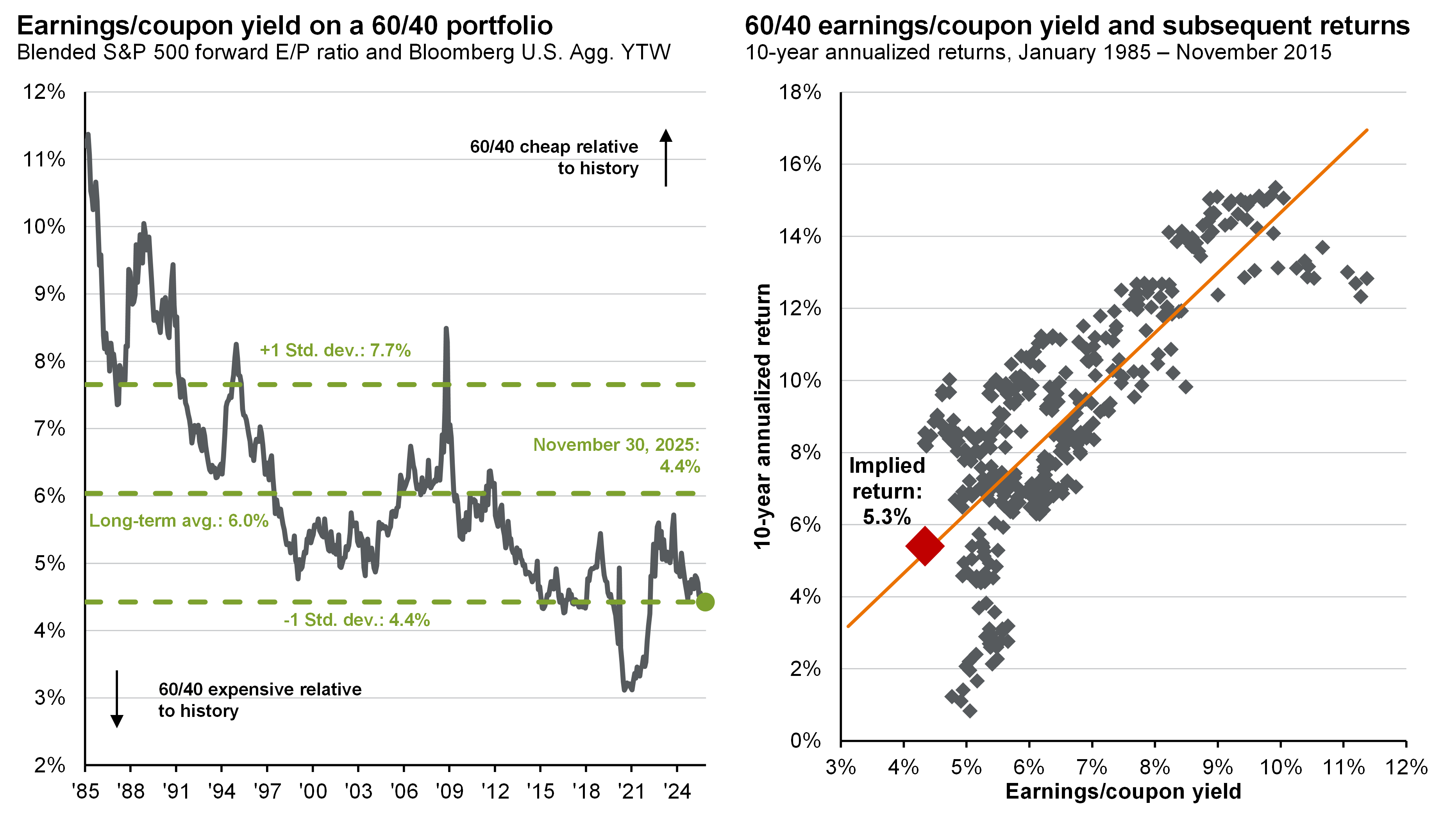









Dive deeper into the data. Explore the charts.
491e5d60-d148-11ec-9cc5-eeee0affcb0c










491e5d60-d148-11ec-9cc5-eeee0affcb0c